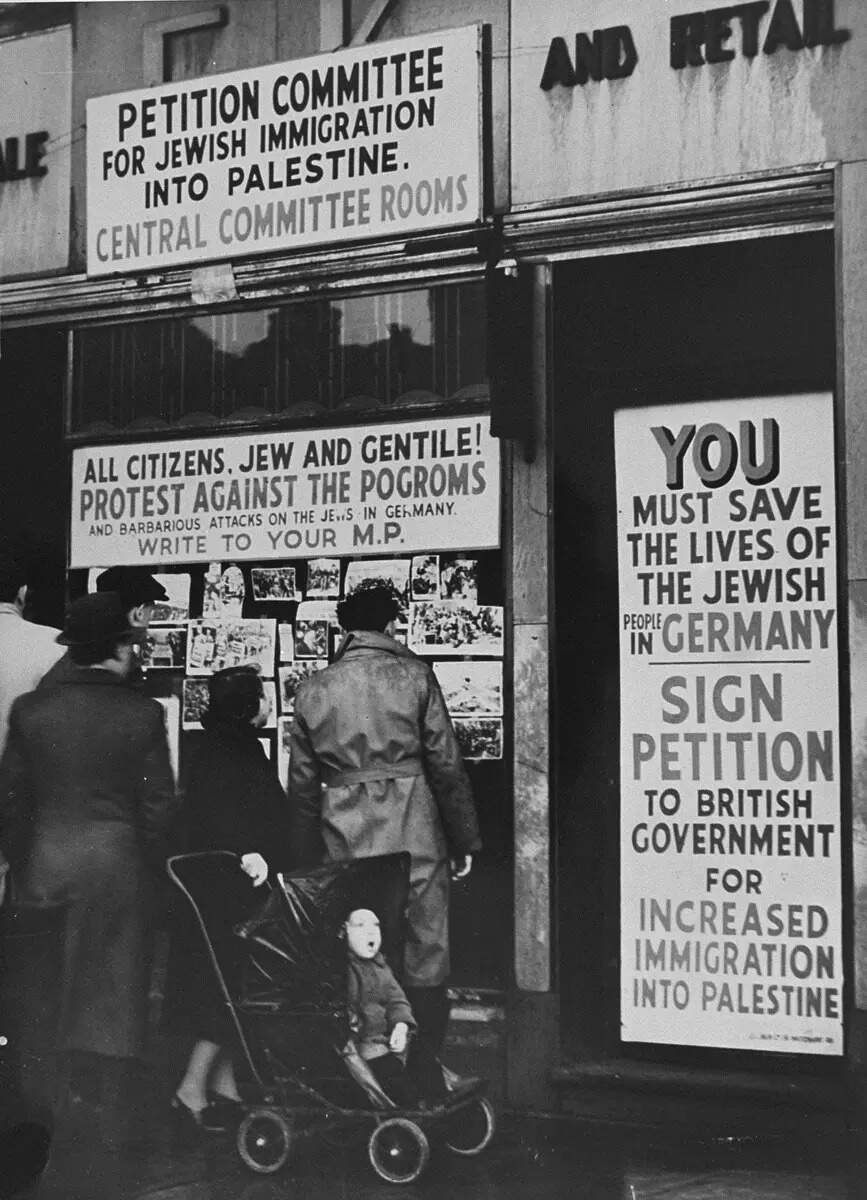
“In the immediate lull in the fighting, after Tawang was abandoned by the Eastern Army Commander, the next line of defence was supposed to be Bombila, but, at the suggestion of the Director of Military Operations (DMO), Brigadier DK Palit, it was decided to dig in on Se La itself. There was a lot of confusion during this period as commanders were changed and then changed again,” Verma wrote in the book.
The noted military historian argued that the “decision to defend Se La was taken on the erroneous assumption that the flanking Tse La could not be crossed by more than a platoon, at best”. “After a gap of 25 days, during which time Indian patrols remained in contact with the PLA who were deployed north of Mago Chu, the Chinese renewed their offensive,” added Verma.
Alpha Company of 4 Garhwal Rifles were occupying the high ground above the village of Jang, wrote Verma, adding that “they were ideally situated on the left side of the Nuranang Chu to deny the Chinese any opportunity to advance”. But soon after it became evident that the decision to defend Se La was made on erroneous assumptions, stated the military historian. His father Captain Ashok Kalyan Verma was posted at the Indian Military Academy in July 1962 as a platoon commander after three years in North Easten Frontier Agency (NEFA), which is now Arunachal Pradesh.
“Throughout the day, the PLA launched five attacks, but they were held off. However, as the day progressed, it dawned on HQ 4 Division and 62 Brigade that the Chinese were also getting across Tse and Poshing La and the decision was made to fall back to Dirang Dzong and abandon Se La,” wrote Verma in the book, which has been published by The Browser.
The author blamed the wrong assumption behind the decision on defending Se La for the “massacre of the Se La Brigade” by the Chinese. Verma argued that “the one Garhwali company had proved Nuranang was an ideal defensive position, which by virtue of being boxed in by stiff cliffs on either side, could not be outflanked”.
“What should have been 62 Brigade’s finest hour, soon turned into a nightmare as the battalion was ordered back to the Se La top. Ever since Se La was to be held, a series of ill-advised steps, based on the assumption that the Chinese, having captured Tawang, would sit out the winter, not only caught the Indians napping but led to a complete massacre of the much-vaunted Se La Brigade,” added the author.
Following the Se La debacle, Verma chronicled a complete chaos in the line of communications among the military commanders. “Since no one in the chain of command had expected the Chinese to even attack Se La, there was no defences at Dirang Dzong, and Bomdila. Too, had not been strengthened,” wrote the author in the book.
Verma stated that “as the Chinese closed in on Bomdila, conflicting orders from General ‘Bijji’ Kaul in Tezpur, resulted in further chaos. “The complete mishandling of the situation not only created chaos at Se La, but even flanking battalions, which included 4 Rajput and 19 Maratha L1, which were protecting Dirang Dzong, wee thrown to the wolves,” wrote Verma in the book.
The author blamed four Generals manning the Operations Room in Tezpur for giving conflicting orders to the commanders who valiantly fought the Chinese. “Generals Thapar, ‘Bogey’ Sen, and ‘Bijji’ Kaul, plus the Director of Military Operations (DMO), Brigadier Palit, were present in the IV Corps Operations Room in Tezpur and gave contradictory orders to the GOC 4 Division,” added Verma.






